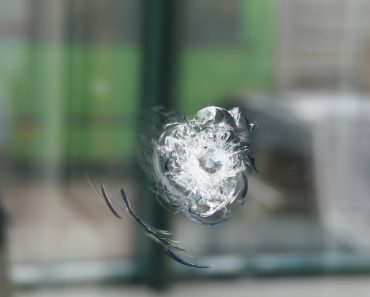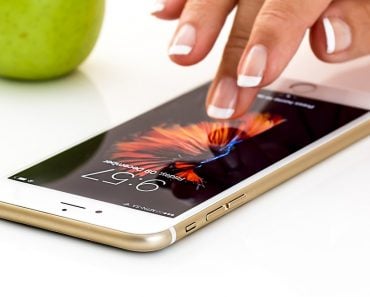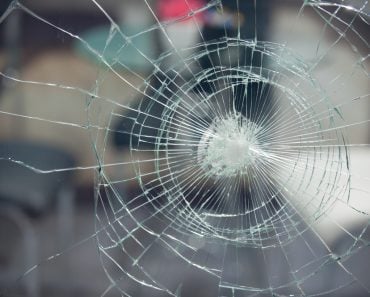A screen protector shields a smartphone’s screen from scratches and cuts, but the general public perception of its usefulness as an overall screen protector may be overestimated.
I remember when I bought my first smartphone… I was mighty concerned that its sleek, smooth screen would get scratches on the surface.
“Get a screen protector,” advised the salesman at the phone store. “It will save your phone from anything the world throws at it.”
He was, of course, referring to those little scratches that mess up the appearance and sometimes the sensitivity of an electronic device’s screen.
Although many people buy screen protectors for their smartphones, at the time, I didn’t understand how exactly they protect the phone screen. After all, a screen protector is just a thin, transparent film of plastic (or so it seemed to me) – how could it possibly protect the screen from all kinds of physical damage? And if it could, then how could it be so unbelievably cheap!
As it turns out, a screen protector is not what most people perceive it to be.
Recommended Video for you:
What Is A Screen Protector?
A screen protector is exactly what its name signifies—a thin sheet of material that’s attached to the screen of an electronic device to protect the latter’s surface from physical damage, primarily scratches. Also known as a screen guard, a screen protector is usually made of laminated tempered glass (quite similar to the host device’s screen) or plastics such as polyethylene terephthalate (PET) or thermoplastic polyurethane (TPU).
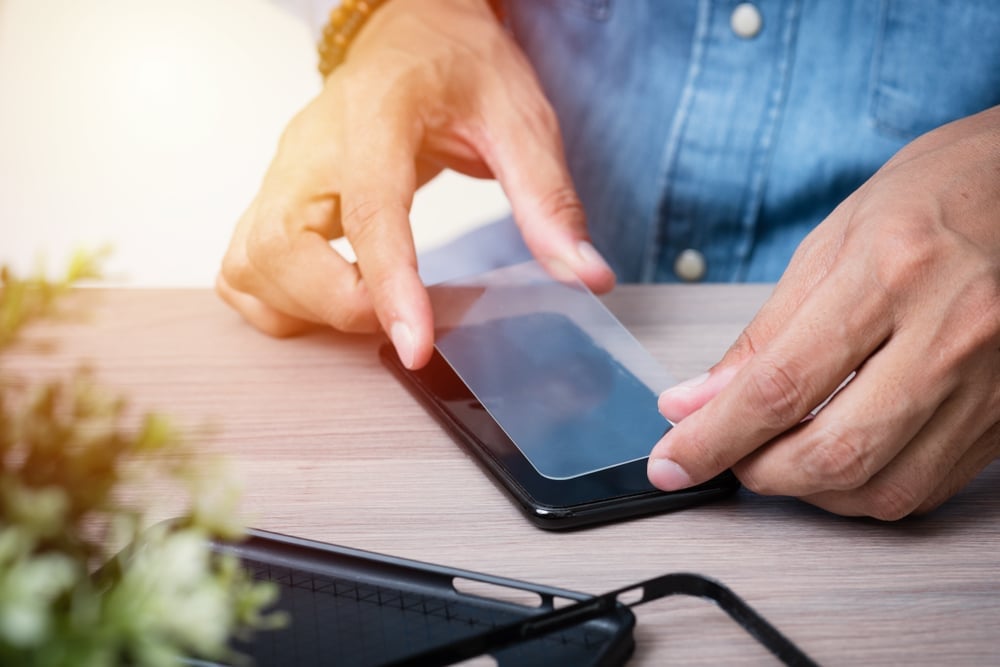
A plastic screen protector is cheaper and thinner than glass, and is also more flexible. A glass protector, however, feels more like the host device’s original screen and is better at resisting scratches on the surface.
One would think that a screen protector has some nifty features hidden inside that help it protect a screen from scratches, but that couldn’t be further from the truth.
How Does A Screen Protector Protect A Device’s Screen?
A screen guard protects a screen simply by taking all those scratches and physical damage on itself, thereby protecting the screen that lives beneath it.
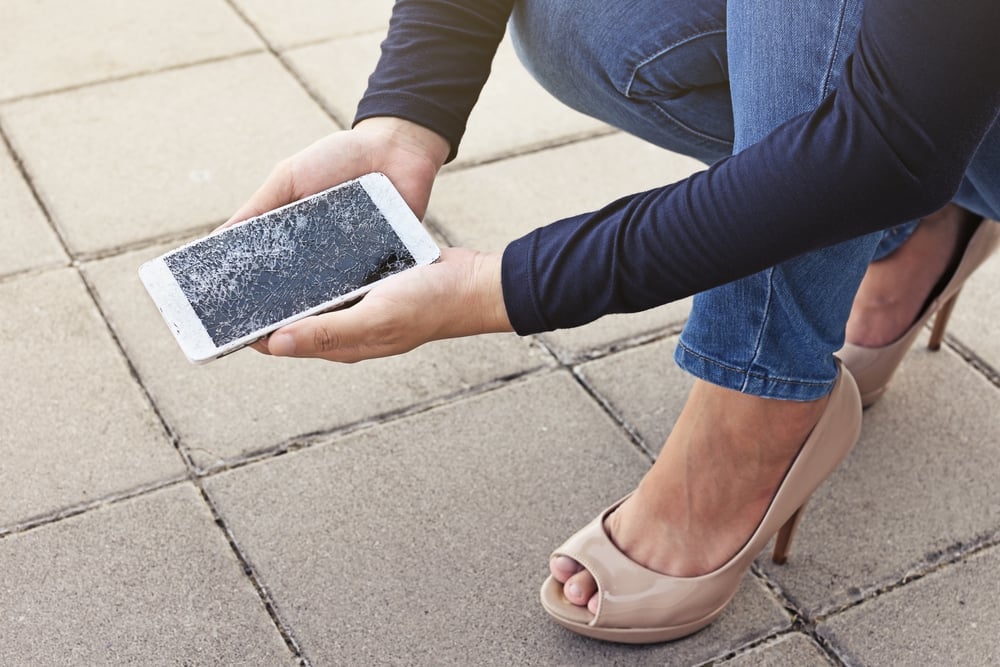
When an ‘unprotected’ phone falls on the ground or gets scratched, all the damage is borne directly by the phone screen. Now, if the phone screen is made of Gorilla glass, and is particularly resistant to physical punishment, then it might still be fine, even after a nasty drop.
However, any electronic device without a particularly strong screen surface will either crack or at least sustain a big, ugly scratch without a screen protector in place.
This is exactly where a screen protector comes to the rescue!
It’s generally more fragile than the screen it protects, which means that should a nasty fall occur, the protector will absorb most of the energy from the impact and break, but leave the screen unscathed (in theory).
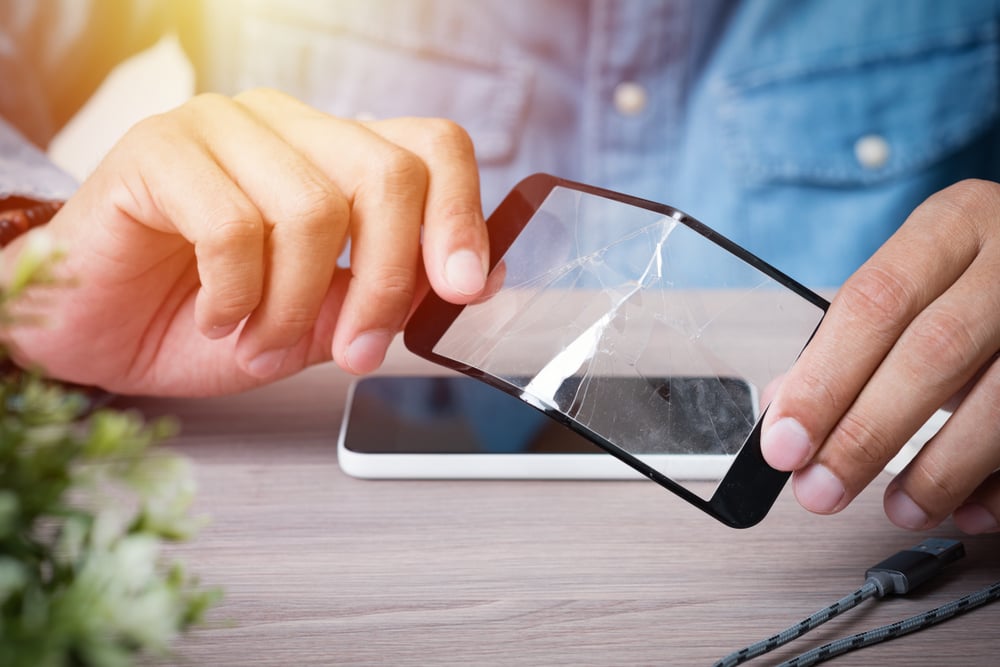
A particularly scratched phone screen not only looks hideous, but it may adversely impact the screen’s touch sensitivity. This is why screen protectors are commonly used on smartphones, tablets and even laptops.
However, it’s important to remember that a screen protector will not protect your phone screen from all (physical) evils.
Screen Protectors And The Hype
Although it’s true that screen protectors do shield a phone’s screen by primarily resisting scratches on the surface, it’s a huge misconception that screen protectors are the ultimate solution to all kinds of screen damage.
If you drop your phone (with a screen protector), then yes, it might prevent the screen from scratching or breaking, but a lot of it depends on the kind of screen protector you use.
For example, some models only protect the upper layer of the phone screen, i.e., the part that you see and interact with.
But if your phone falls on the ground at an angle and lands on one of its corners, then that first kind of screen protector won’t help much. In fact, it may not help at all. You may have heard of many cases where people have had their phone screens broken despite having a screen protector on.
What’s the takeaway from all this?
Don’t expect a screen protector to protect your device’s screen from every kind of physical damage!
What’s A Better Alternative To Screen Protectors?
A phone case offers much better overall protection for a smartphone than a screen protector. This is because a case covers the edges, corners and back of a phone, allowing it to efficiently absorb impacts in those areas.
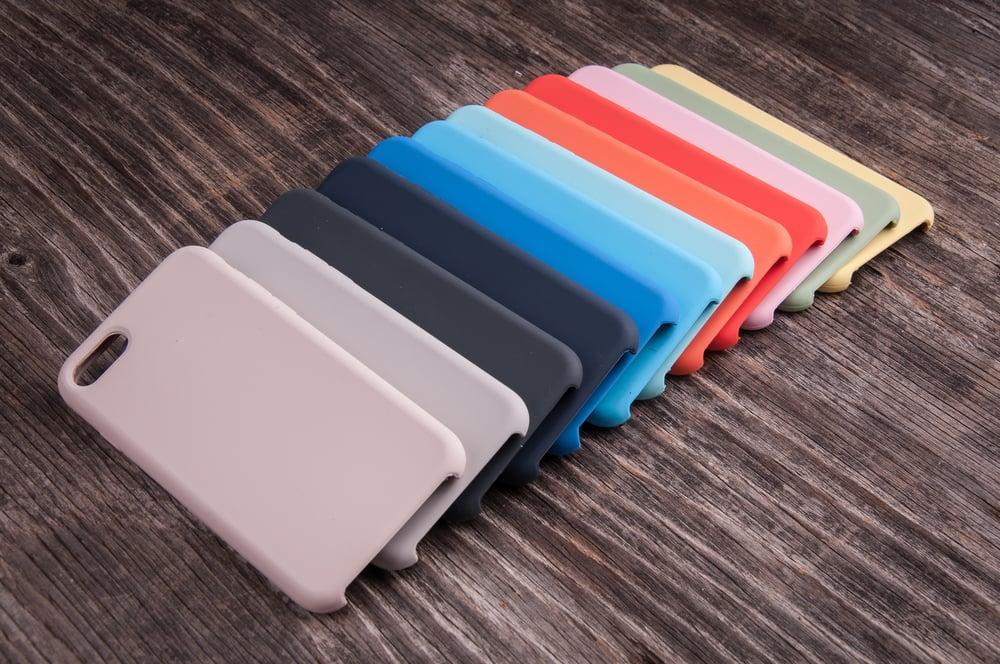
Some people put both of these defensive measures on their smartphones—a screen protector and a phone case—to maximize protection against physical damage of any kind.
All in all, a screen protector is a good add-on tool if you want to protect your screen from scratches and minor damages, but don’t expect it to be a one-stop solution for all types of physical damage to your phone!


